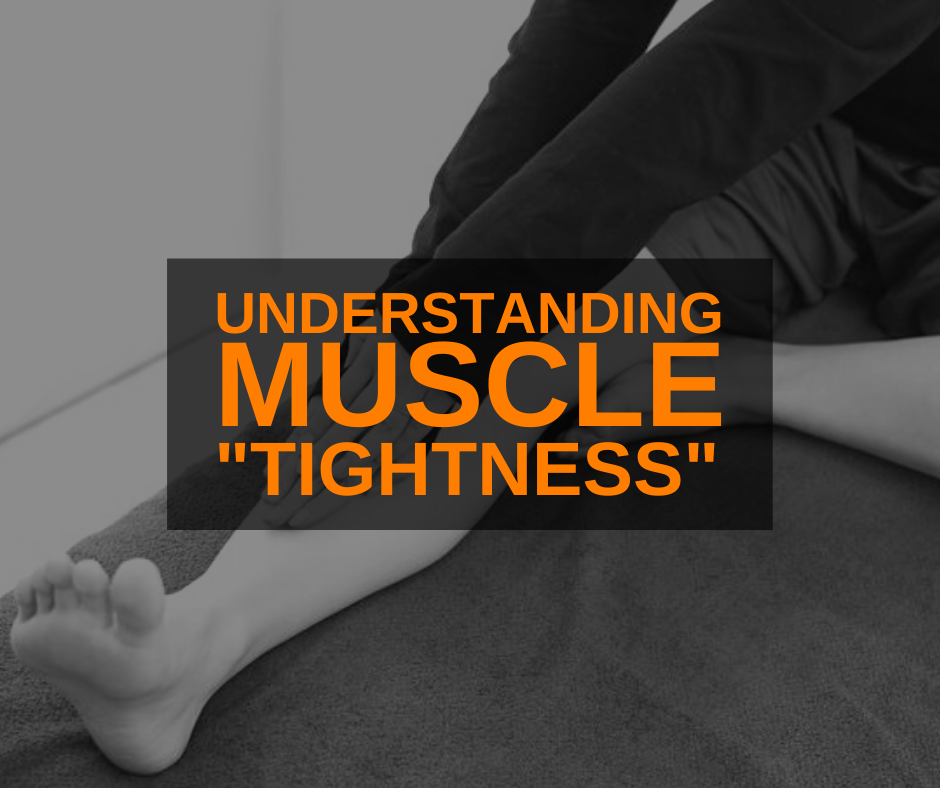As a fitness professional specializing in corrective exercise, I have become increasingly sensitive to the colloquialisms we use as trainers, the ones that our clients use, and the disparities that inevitably occur. One that is oft-misunderstood and misinterpreted is muscle tightness.
What Clients Mean By Tight
Personal trainers need to keep in mind that most people are not very connected to the body and the experiences associated with it. For the clients you have that are connected, you know who they are. For arguments sake, let’s assume your client is not attuned to corporal experiences and where they specifically occur.
For instance, a client may complain that their “lower back hurts” when they do lunges, but after some investigation you figure out it’s actually their outer hip that’s bothering them. This confusion is understandable; the low back and outer hip are in close proximity.
Similarly, when a client feels discomfort in a muscle, they’re likely to say it feels “tight”. The word “tight” and even “tension” conjures up imagery of contraction, the need to stretch, perhaps overactivity. Any one of these conditions may be the problem, or it may be the complete opposite. A savvy trainer needs to conduct assessments to get to the root of the problem.
What Trainers Mean By Muscle Tightness
Many trainers out of convenience or a fundamental misunderstanding of muscle imbalances and relationships, might think that a tight muscle is a “short” muscle and needs to be stretched. We even might tell our clients to “tense” our muscles when we mean “contract”, yet, tension is the state of being stretched tight, not contracted. We probably should just dispense with the word “tight” altogether and replace it with the more appropriate terminology for the circumstances.
What Are We Really Looking For?
If you conduct an assessment and find that a client has an anterior pelvic tilt associated with lumbopelvic hip dysfunction, what you will note is that the low back and hips appear “tight”, but really what you are observing is that these muscles are short. And most likely overactive, or hypertonic.
This makes their opposing muscle groups–in this case the rectus abdominus and the glutes–long and underactive, or hypotonic.
To make matters complicated, a muscle can be stiff and short, or perhaps stiff and not short. Muscle stiffness means it is not easily lengthened, but can still be moved into it’s appropriate range of motion with a little bit of warming up.
When you stop and think about what happens in both of these cases you might be able to make an argument that all the muscles involved are “tight”. This word can hold some duality. For instance, we generally assume that tight means short and requires release and stretching. But if you think about a muscle that is long, such as the abs in the case of anterior pelvic tilt, imagine that this muscle is pulled “taut” like a guitar string or a rubber band.
If you pull a rubber band to its maximum point of stretch before it might break, you have pulled it taut, making it less extensible and weakened in this position. If the rectus abdominus is like the rubber band, is it not “tight” when in a constantly lengthened position? We might agree it actually is, but we’ve now created a misnomer; pulled taut, while “tight” is not short, does not require lengthening and should not be stretched.
Something else to bear in mind for underactive muscles resting in a lengthened state: they are likely to have trigger points and adhesions that cause muscle pain in an effort to prevent further stretching that would lead to injury.
Adhesions are little excess bands of collagen and tissue that form as a way to protect a muscle from further harm. Such adhesions can, however, be painful, bringing awareness of the sufferer to the muscle group and leading them to believe the muscle is “tight”, when in fact, it is stretched beyond capacity.
How to Address “Tightness” with Clients
Start by explaining the above in laymen’s terms. Muscle tightness and associated dysfunction falls into two general categories: either short and overactive requiring release to calm them down OR they are long and underactive and need to be strengthened.
And then, to keep things complicated, there’s the anomalous instance of an overactive and long muscle that can create discomfort and issues, but this isn’t one you can guess at. Research has indicated that the posterior deltoid is an example of a muscle, because of the complexity of the shoulder, that can be lengthened but also overactive and often fraught with all of those adhesions to prevent continued overuse.
This can be painful and lead folks to want to “stretch” the muscle by dragging the arm across the chest. This will only compound the problem. Generally, someone with a rounded shoulder posture will likely have a lengthened posterior deltoid and will not need to stretch it, but may benefit from a release (as in, myofascial release).
It is good policy to start with a release for any muscle that presents with some discomfort, to bring immediate relief. But for long-term success, you must assess, intervene, then reassess. No muscle functions in total isolation. If there is a muscle imbalance that starts at the ankle, it can certainly work its way up the kinetic chain causing a problem in the shoulders.
Do your due diligence and address the systemic issues, while also helping your client find relief for their perceived muscle tightness. If you can see that the muscle is short, release and stress. If it is lengthened, release and strengthen. If you’re unsure and release doesn’t work to relieve symptoms, refer out!



